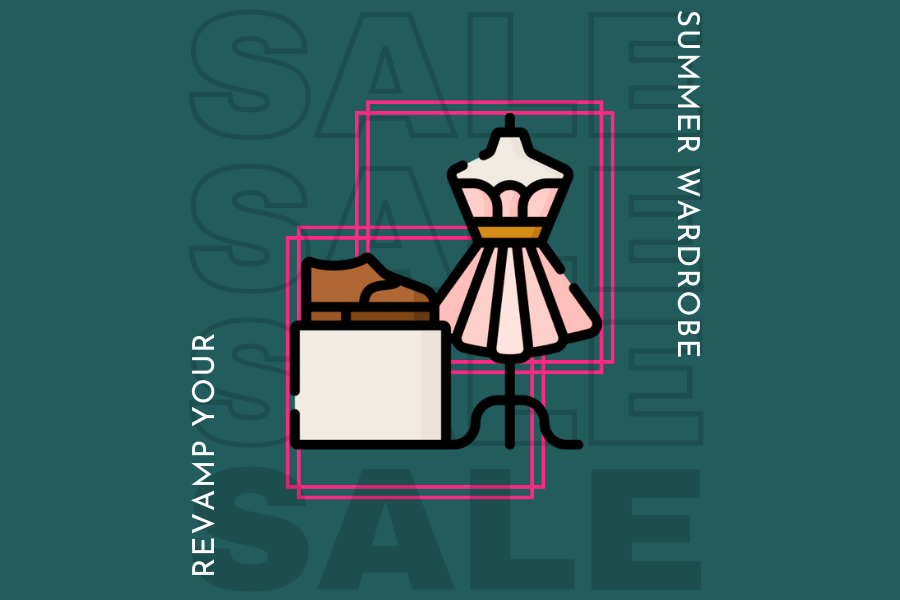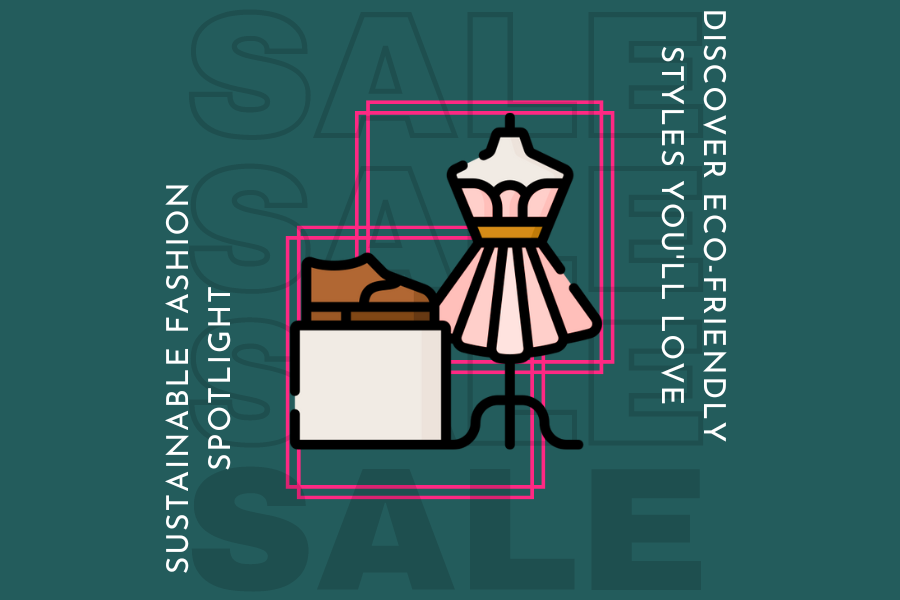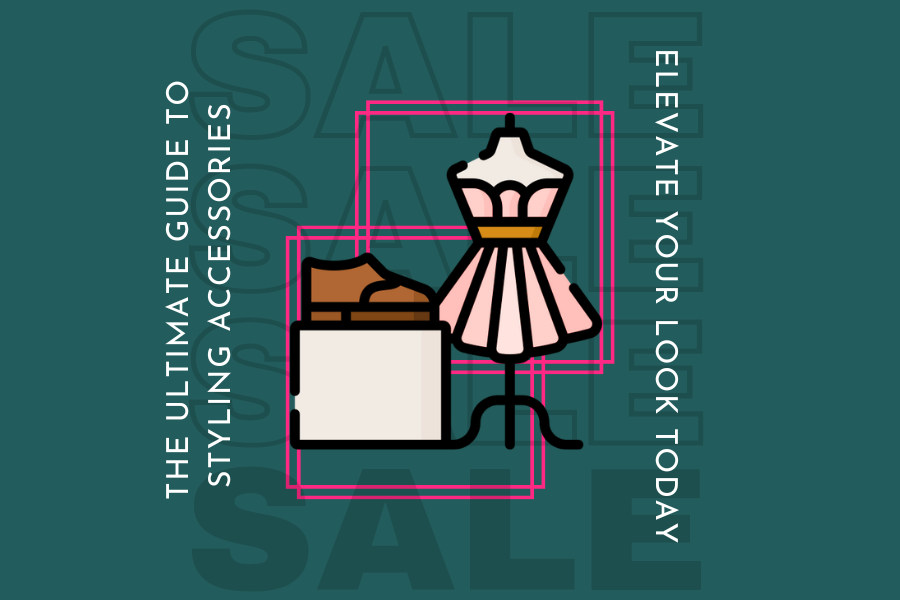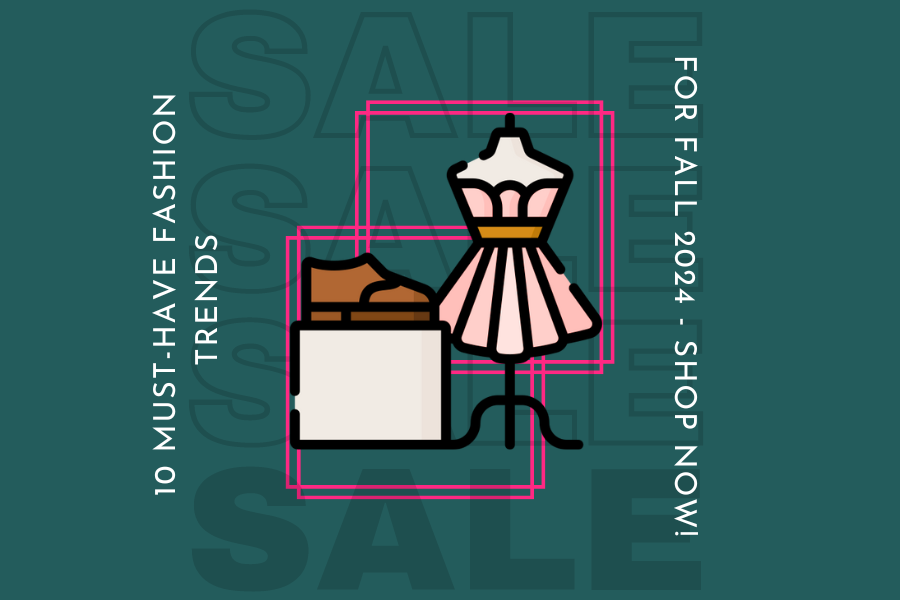Comfortable and Practical Men’s Bags: The Must-Have Fashion Trend for 2024
In 2024, men’s fashion is taking a significant leap forward, with practicality and comfort becoming the cornerstones of style. Among the key trends set to dominate the year is the rise of men’s bags, designed not just for utility but also as a statement of personal style. As men increasingly seek accessories that complement their busy lives, the demand for bags that are both comfortable and practical has never been higher. Whether you’re a professional on the go, an adventurer, or someone who values style with substance, this guide will explore the top trends in men’s bags for 2024.
1. The Return of the Backpack: Classic Meets Contemporary
Backpacks have long been a staple in men’s fashion, and in 2024, they’re back with a modern twist. Designers are reimagining the classic backpack by integrating sleek lines, high-quality materials, and innovative features. Leather, canvas, and sustainable materials are leading the charge, offering options that are both durable and stylish. Expect to see backpacks with multiple compartments, padded laptop sleeves, and ergonomic designs that prioritize comfort for all-day wear. Whether you’re commuting to work or exploring a new city, the backpack is the go-to choice for those who need to carry their essentials without sacrificing style.
2. Crossbody Bags: The Versatile Everyday Companion
Crossbody bags are set to be one of the most popular men’s accessories in 2024, and for good reason. These bags offer the perfect blend of functionality and fashion, allowing men to carry their essentials with ease while keeping their hands free. The beauty of the crossbody bag lies in its versatility—whether you prefer a sleek leather design for formal occasions or a more casual nylon version for everyday use, there’s a style to suit every need. With adjustable straps and secure compartments, crossbody bags are perfect for the modern man who values both convenience and aesthetics.
3. Messenger Bags: A Professional’s Best Friend
For the professional man, the messenger bag remains a timeless favorite, and 2024 is no exception. This year, messenger bags are being updated with a focus on practicality and sleek design. Look for bags made from premium materials like leather, waxed canvas, or recycled fabrics that not only look great but also stand the test of time. Key features such as padded laptop compartments, organized pockets, and adjustable straps ensure that these bags meet the demands of a busy workday. Whether heading to the office or a meeting across town, the messenger bag offers a perfect balance of style and function.
4. Tote Bags: The Stylish and Spacious Choice
Tote bags are making a strong comeback in 2024, offering men a spacious and stylish option for carrying everything from gym gear to groceries. Traditionally seen as a casual accessory, the modern tote is being redefined with high-quality materials and sophisticated designs that make it suitable for both casual and formal settings. Leather totes, in particular, are gaining popularity, providing a polished look that pairs well with both business attire and weekend wear. With large compartments and minimalistic design, tote bags are perfect for men who need space without the bulk.
5. Sling Bags: The Compact and Casual Option
Sling bags are the perfect solution for men who need something compact yet functional. These bags are designed to be worn across the body, offering easy access to essentials like your phone, wallet, and keys. In 2024, sling bags are being offered in a variety of styles, from sporty nylon versions to more refined leather options. They are ideal for casual outings, travel, or any situation where you want to keep your belongings close at hand without the weight of a larger bag. The compact size and ergonomic design of sling bags make them a comfortable choice for all-day wear.
6. Duffel Bags: The Ultimate Travel Companion
For men who are always on the move, the duffel bag remains a must-have accessory. In 2024, duffel bags are being updated with durable materials, smart compartments, and sleek designs that cater to both short trips and extended travels. Look for features like water-resistant fabrics, padded shoulder straps, and shoe compartments that make packing and carrying a breeze. Whether you’re heading to the gym or catching a flight, a well-designed duffel bag offers the space and versatility needed for a variety of activities. The modern duffel is not just about practicality but also about making a statement, with designs that reflect the traveler’s personality and style.
7. Tech-Integrated Bags: The Future of Men’s Accessories
As technology continues to influence every aspect of our lives, it’s no surprise that men’s bags in 2024 are incorporating tech-friendly features. Bags with built-in charging ports, anti-theft designs, and RFID-blocking pockets are becoming increasingly common. These bags are designed for the modern man who relies on his devices throughout the day and needs a bag that can keep up with his tech-savvy lifestyle. Whether you’re a digital nomad or just someone who values staying connected, tech-integrated bags offer the convenience and security you need.
8. Sustainable Choices: Eco-Friendly Men’s Bags
Sustainability is a major trend in all areas of fashion, and men’s bags are no exception. In 2024, more brands are focusing on eco-friendly materials such as recycled polyester, organic cotton, and vegan leather alternatives. These bags are designed with the environment in mind, without compromising on style or durability. Brands are also becoming more transparent about their production processes, allowing consumers to make informed choices. For the conscious consumer, investing in a sustainable bag is not just about following a trend—it’s about supporting a movement towards a more responsible and ethical fashion industry.
9. Minimalist Designs: Less is More
In a world where functionality often meets extravagance, the minimalist trend offers a refreshing alternative. In 2024, minimalist men’s bags are all about clean lines, subtle details, and timeless designs. These bags are designed to be versatile, complementing any outfit without overpowering it. Look for bags in neutral tones like black, grey, or navy, made from high-quality materials that emphasize durability and craftsmanship. The minimalist approach is perfect for those who prefer a sleek, understated look that’s both modern and practical.
10. Hybrid Bags: The Best of Both Worlds
Hybrid bags are emerging as a major trend in 2024, offering the versatility of multiple bag styles in one. These bags can be worn in different ways—such as a backpack, messenger bag, or tote—depending on your needs. This adaptability makes hybrid bags an excellent choice for men who need a bag that can transition seamlessly from work to play. With features like detachable straps, convertible designs, and multifunctional compartments, hybrid bags are the epitome of practicality. They’re perfect for men who value efficiency and style, offering a solution for every situation.
Conclusion: Embrace the Future of Men’s Bags in 2024
As 2024 unfolds, men’s bags are set to be more than just a practical necessity—they’re a key component of personal style. From the timeless appeal of backpacks and messenger bags to the sleek innovation of tech-integrated and hybrid designs, there’s a bag for every man and every occasion. The focus on comfort, practicality, and style reflects a broader trend in men’s fashion, where accessories are as functional as they are fashionable.
Whether you’re looking to invest in a classic piece that will stand the test of time or exploring new trends that push the boundaries of traditional fashion, the bags of 2024 offer endless possibilities. With sustainability, technology, and design all playing crucial roles, the year promises to be an exciting time for men’s accessories. So, as you step into 2024, make sure your bag not only carries your essentials but also reflects your unique style and meets the demands of your modern lifestyle.















Recent Comments